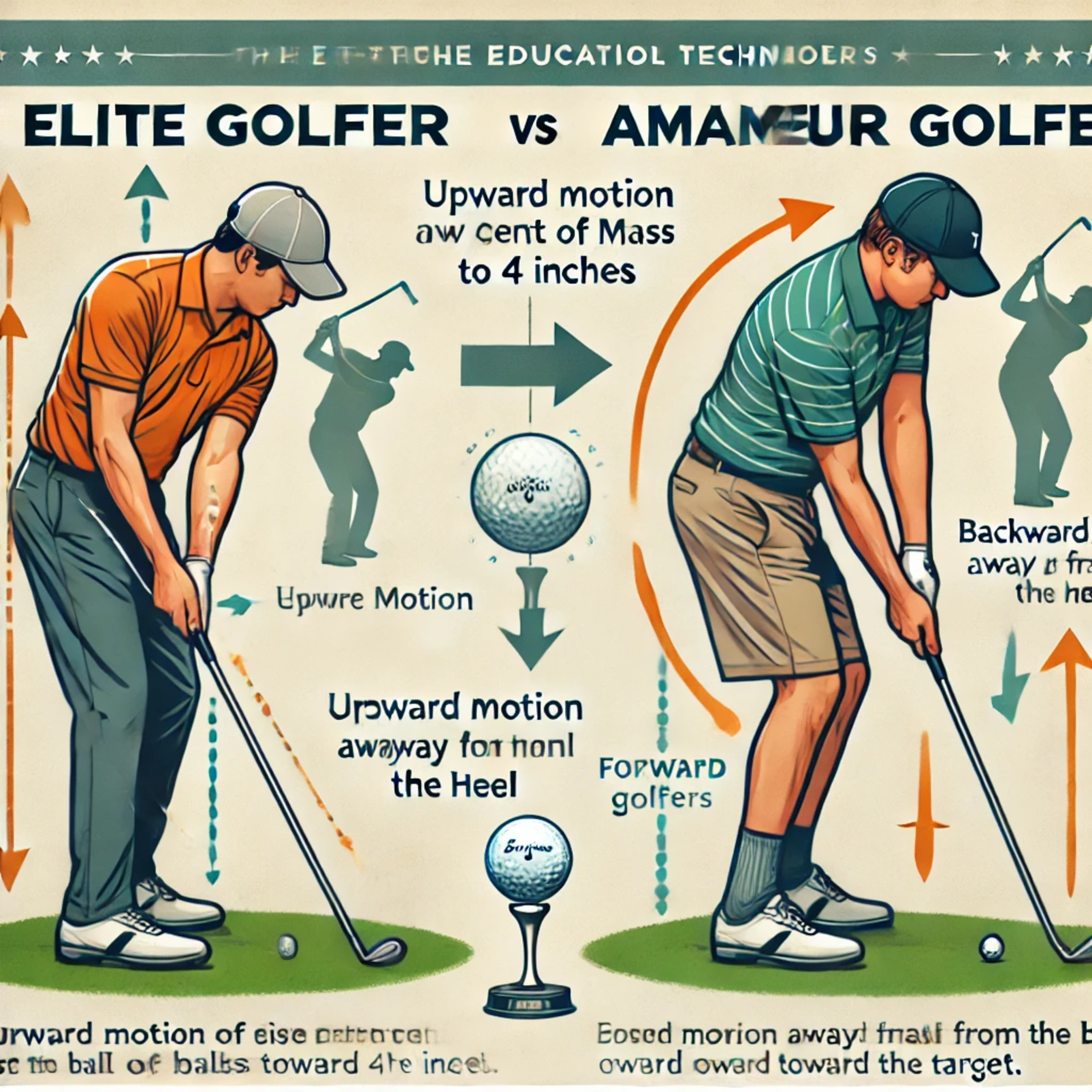#173 Chipping: Ground Force Secrets of Elite Golfers
- Author
- Golf247.eu
- Published
- Sun 23 Mar 2025
- Episode Link
- https://podcasters.spotify.com/pod/show/puttin-pro/episodes/173-Chipping-Ground-Force-Secrets-of-Elite-Golfers-e30cj15
This podcast excerpt from Henrik Jentsch of Golf Academy 360° analyzes the body movements of world-class golfers during chipping. Using force plate measurements, three key movements are identified: forward movement toward the target, backward movement away from the ball, and upward body movement. In contrast, typical amateurs often show a downward movement and a shift toward the ball.
Jentsch presents two drills, the "Pelvic Punch" and a jumping movement, to help golfers internalize the correct upward and backward movements for better contact. According to the analysis, elite golfers demonstrate specific differences in their ground reaction forces during chipping, characterized by the movement of their center of mass.
Center of Mass Movement in Elite Golfers:
Vertical Movement: The center of mass moves upward throughout the entire chipping motion. During the backswing, it rises (e.g., from 1.17 inches to over 3 inches) and continues this upward trend until impact (e.g., up to 4 inches). The center of mass never moves downward during the swing.
Heel/Toe Movement: The center of mass moves away from the ball toward the heel. The "Center of Mass Heel to Toe" values decrease or even turn negative, indicating a shift away from the toes toward the heel.
Lateral Movement: The center of mass moves toward the target (from the trail heel to the lead foot). The "Center of Mass Trail to Lead" values become positive and higher, indicating this forward movement.
In summary, the best chippers in the world move upward, backward, and forward during their chipping motion.
Center of Mass Movement in Amateurs:
Vertical Movement: The center of mass moves downward during the backswing. It starts at a negative value and becomes even more negative, indicating a downward motion. This downward movement continues during the downswing.
Heel/Toe Movement: The center of mass moves toward the toes, closer to the ball. The "Heel to Toe" values become positive, showing a shift from the heel toward the toes.
Lateral Movement: The center of mass also moves toward the target.
In summary, amateurs tend to move downward, forward (toward the ball), and toward the target during their chipping motion.
The main difference lies in the vertical movement of the center of mass. While elite golfers lift their center of mass throughout the entire chipping motion, amateurs tend to lower it. This causes amateurs to struggle with releasing the club and achieving consistent contact. The analysis suggests that the upward movement seen in elite golfers is crucial for successful chipping.
According to Henrik Jentsch, Director of Golf Academy 360°, powered by SportsBox AI 3D, the best chippers in the world demonstrate three key lower-body movements during a chip shot:
Forward Movement (toward the target): During the chipping motion, both the Center of Force and the Center of Mass move toward the target. This is reflected by positive and rising values for "Center of Mass Trail to Lead."
Movement Away from the Golf Ball (toward the heel): Top chippers move away from the golf ball. Their weight shifts not toward the toes but toward the heel. Decreasing or negative values for "Center of Mass Heel to Toe" confirm this movement.
Upward Movement (Center of Mass elevation): The best players move upward throughout the entire motion. Their center of mass rises during the backswing and continues this upward trend until impact, never moving downward during the motion.
In conclusion, top chippers move their lower body forward, backward (away from the ball), and upward during the chipping motion.
